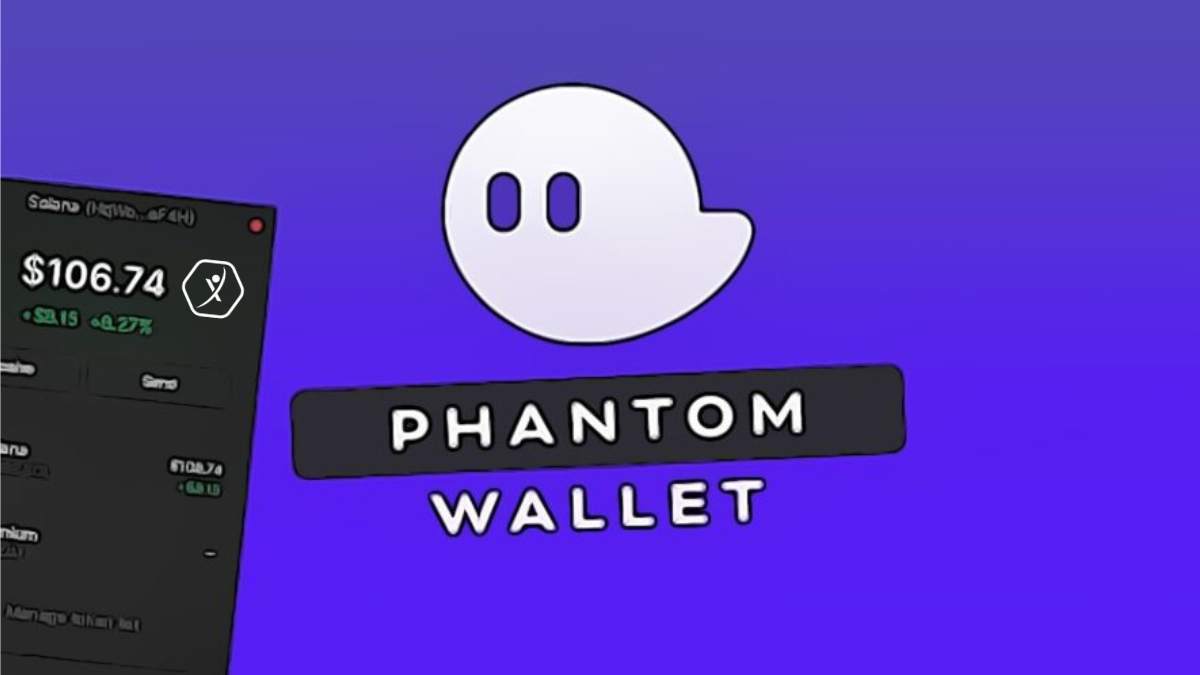Okay, so check this out—when I first dipped my toes into Solana’s ecosystem, I was kinda overwhelmed. Seriously? So many wallets, so many promises. But then, the Phantom wallet popped up on my radar, and something felt off about the usual hype. Like, could it really be as smooth as folks said?
Wow! The user experience? Surprisingly slick. The thing about Phantom is it’s not just a wallet; it’s like a Swiss Army knife for DeFi and NFTs on Solana. At first glance, the interface looks clean, almost minimalist, but dig a little deeper and you find powerful features for staking rewards and seamless Web3 connectivity.
Initially, I thought all browser wallets were kinda the same, but Phantom proved me wrong. It’s browser-based, which means no bulky downloads—just install the phantom extension and you’re pretty much good to go. This ease of access is a game changer, especially for newcomers who want to jump into staking without wrestling with complicated setups.
Here’s the thing. While many wallets promise high security, Phantom walks the talk by encrypting private keys locally. That means your keys never leave your device, which is a big deal in crypto. Honestly, I’m biased, but I prefer wallets that don’t leave my keys floating in the cloud somewhere.
Really? Yeah, and the staking rewards feature? It’s surprisingly straightforward. You can stake your SOL tokens directly from the wallet and start earning rewards without hopping through hoops. This integration means less friction and more time actually growing your holdings.
But, hmm… there’s a catch. While Phantom is great for staking, the rewards aren’t always the highest compared to some dedicated staking platforms. On one hand, you get convenience and security; on the other, you might be leaving a bit of yield on the table. Though actually, for many users, that tradeoff is worth it.
Something else that bugs me a bit is how some advanced DeFi features are still evolving. Phantom is catching up but sometimes feels like it’s playing catch-up to more established wallets on Ethereum. Still, its deep integration with Solana’s blazing-fast network offsets that in many ways.
Check this out—here’s a quick snapshot of Phantom’s dashboard during peak activity:

Notice how clean the layout is? Even with multiple NFT collections and active staking pools, it doesn’t feel cluttered. That’s no accident. The team behind Phantom clearly prioritizes user experience, which is refreshing.
Web3 Connectivity: Why It Matters
Okay, so here’s where things get really interesting. Web3 connectivity isn’t just a buzzword—it’s the backbone of interacting with decentralized apps (dApps) and marketplaces. Phantom’s browser extension shines here because it acts as your keychain to the entire Solana Web3 universe.
Honestly, I remember the first time I connected Phantom to a Solana-based NFT marketplace. It was seamless. No weird popups or confusing confirmations. Just intuitive prompts that made me feel in control. That’s rare in crypto, where UX is often an afterthought.
Initially, I worried about whether such deep wallet integration might open security holes, but Phantom’s permission requests are granular enough to give you peace of mind. You control exactly what each dApp can access, which is crucial given how often phishing attacks target wallets.
My instinct said, “Don’t just trust the hype,” so I tested Phantom extensively, connecting it to various DeFi protocols and NFT platforms. The wallet handled everything with consistent speed and reliability. No hiccups, no weird lag.
By the way, if you want to try it yourself, just grab the phantom extension. Setup literally takes minutes, even if you’re not a tech wizard.
Staking Rewards: The Balancing Act
Here’s what’s tricky—staking on Solana via Phantom is simple, but the returns can fluctuate. That’s because rewards depend on network inflation and validator performance. Remember, with crypto, nothing is guaranteed.
On top of that, staking with Phantom means you’re mostly delegating to validators. Choosing the right one can feel like a gamble. Some validators are more reliable, others less so. Phantom offers some info on validators, but it’s not exhaustive.
So, yeah, I found myself double-checking validator stats elsewhere before committing my SOL. This bit bugs me—Phantom could do better by integrating richer validator analytics directly into the wallet. It would make life easier for folks who don’t want to chase info across multiple sites.
Still, the overall experience is very user-friendly. I especially like how rewards accumulate passively—no need to claim manually every time, which is a relief.
One of the bigger surprises? Staking doesn’t lock up your tokens completely. You can unstake anytime, though with a delay. This flexibility is key for those who want to stay nimble in the fast-moving crypto markets.
Wrapping Up: Phantom Wallet’s Place in the Solana Ecosystem
Honestly, I didn’t expect to be this impressed. The Phantom wallet nails the balance between ease of use, security, and powerful features. While it’s not perfect—there are some rough edges, especially around validator info—it’s definitely the leading Solana wallet for DeFi and NFTs right now.
It reminds me of early Chrome days: simple, fast, and eventually indispensable. I’m still watching how it evolves, but if you’re into Solana, you gotta at least try the phantom extension. It might just become your daily driver for staking rewards and Web3 fun.
Anyway, I’m curious—what’s your experience with Phantom or other wallets? Hit me up sometime; I’m always down to swap stories or troubleshoot wallet quirks.
